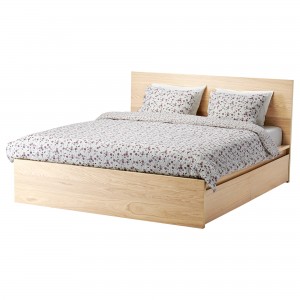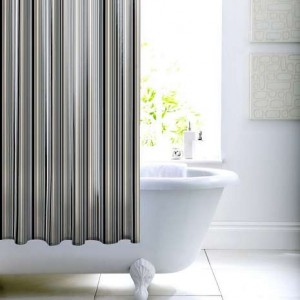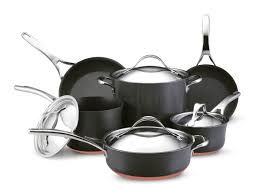Unfortunately, nothing lasts forever. We all know when the milk in our fridge expires, or when our toothbrush needs to be replaced. It’s expected. These things are disposable.
It’s more difficult to judge when it comes to the life span of more expensive items, like furniture. Especially when the furniture is for a rental property where the landlord doesn’t live with it every day.
As a landlord, you want your property to be comfortable for your tenants. They need a comfortable sofa, a good bed, a sturdy wardrobe, quality carpets and efficient appliances. None of these items are cheap, and furnishing a property from scratch will cost hundreds – if not thousands – of pounds.
The question is, does there come a time where items of furniture in a rental property start to represent a liability for both the landlord and the tenant? From the tenant’s point of view, they don’t want to be liable for any dilapidations to a piece of furniture that’s fit for the dump. Nor do they want to be tasked with looking after a family heirloom. Likewise, the landlord doesn’t necessarily want to replace the item (the junk, not the heirloom!). A potential solution here is to mutually agree to keep that item off the official inventory. Arguably, an inventory should only be for essential items.
Obviously there are always exceptions to the rule, where quality furniture and appliances last longer, but here’s Factotum’s guide to the life span of furniture.
 Beds
Beds
The life span of bedding depends on how often the bed is used. The Sleep Council recommends changing your mattress every 7-8 years, although their research indicates that the average person changes their mattress every 10 years but believes it can last up to 15 years. When it comes to pillows, its recommended to change these every 2 years.
- Carpet
The life span of a carpet depends on its quality and fibre. If you buy the cheapest carpet you can find, expect it to last up to 5 years. A medium-grade carpet will last for 5-15 years, while if you opt for the higher end of the market you should expect the carpet to last for 15-25 years. If a carpet is well taken care of, it is likely to last longer.
 Shower Curtains
Shower Curtains
A shower curtain, when properly cared for, should last for up to a year. Monthly washing and thorough drying after every use will help with its longevity. Just watch out for mould or mildew – that means it’s time to throw it out.
- Sofas
The average age for a sofa is 7-8 years. If the structure is starting to sag or break, it’s definitely time to replace. If the fabric is worn or torn, re-upholstery could be an option (although this can sometimes prove more costly than replacement). This one is a bit of a judgement call. If it’s an antique sofa, it’s worth more effort than the cheapest IKEA sofa.
 Cookware
Cookware
Flakes and crevices in non-stick cookware could release toxic compounds. Pots and pans are expected to last between 3 and 5 years with moderate use.
- Washing Machine & Tumble Dryer
You should get between 10-15 years worth of service from your washing machine and tumble dryer. Vents should be cleared regularly to get the most out of them.
